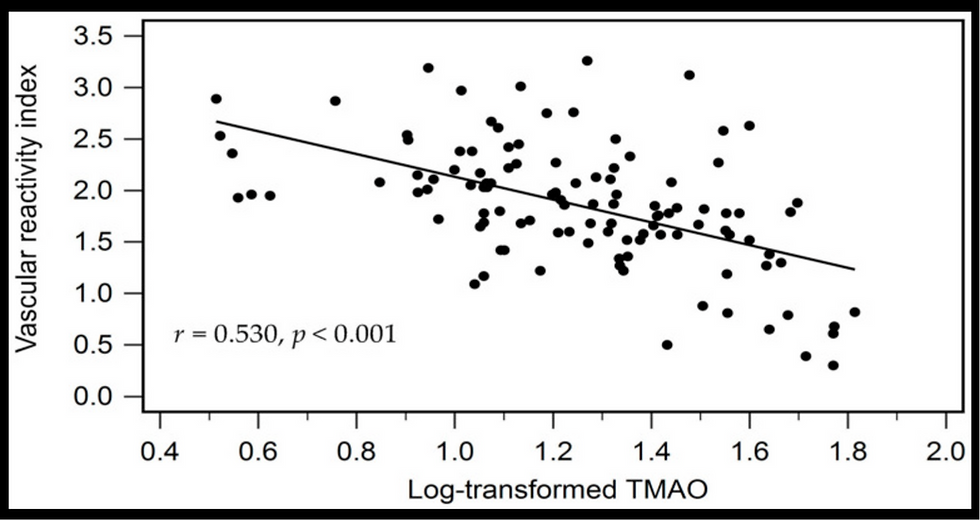Diastolic Dysfunction vs. Endothelial Dysfunction
- heartlung
- Jan 16, 2023
- 2 min read
Updated: Jan 18, 2023
Eur J Clin Invest 2021 Mar 22
Clinical assessment of endothelial function in heart failure with preserved ejection fraction: A meta-analysis with meta-regressions
Pasquale Ambrosino 1, Antimo Papa 1, Agostino Buonauro 2, Marco Mosella 1, Ilenia Calcaterra 3, Giorgio Alfredo Spedicato 4, Mauro Maniscalco 1, Matteo Nicola Dario Di Minno 5
Affiliations collapse
Affiliations
1 Istituti Clinici Scientifici Maugeri IRCCS, Pavia, Italy.
2 Department of Cardiology, Roccadaspide Hospital, Salerno, Italy.
3 Department of Clinical Medicine and Surgery, Federico II University, Naples, Italy.
4 Unipol Group, Bologna, Italy.
5 Department of Translational Medical Sciences, Federico II University, Naples, Italy.
Abstract Background: Endothelial dysfunction is a key mechanism in the development of cardiac remodeling and diastolic dysfunction in heart failure with preserved ejection fraction (HFpEF). Flow-mediated (FMD) and nitrate-mediated dilation (NMD) are noninvasive methods to assess endothelial function. We performed a meta-analysis evaluating the impact of HFpEF on FMD and NMD. Methods: PubMed, Web of Science, Scopus and EMBASE databases were systematically searched according to Preferred Reporting Items for Systematic Reviews and Meta-Analyses (PRISMA) guidelines. Differences were expressed as mean difference (MD) with 95% confidence intervals (95%CI). The random effects method was used. Results: A total of seven studies were included in the final analysis, 7 with data on FMD (326 HFpEF patients and 417 controls) and 3 on NMD (185 HFpEF patients and 271 controls). Compared to controls, HFpEF patients showed significantly lower FMD (MD: -1.929; 95%CI: -2.770, -1.088; P<0.0001) and NMD values (MD: -2.795; 95%CI: -3.876, -1.715; P<0.0001). Sensitivity analyses substantially confirmed results. Meta-regression models showed that an increasing difference in E/A ratio (Z-score: -2.002; P=0.045), E/E’ ratio (Z-score: -2.181; P=0.029), and left atrial diameter (Z-score: -1.951; P=0.050) was linked to a higher difference in FMD values between cases and controls. Conclusions: Impaired endothelial function can be documented in HFpEF, with a direct association between the severity of diastolic and endothelial dysfunction. Targeting endothelial dysfunction through pharmacological and rehabilitation strategies may represent an attractive therapeutic option. Keywords: biomarkers; disability; exercise; heart failure; nitric oxide; rehabilitation.

![Lipoprotein(a) levels predict endothelial dysfunction in maintenance hemodialysis patients: evidence from [VENDYS] vascular reactivity index assessment](https://static.wixstatic.com/media/dac531_5285607cc591409a9d83746f042af7c6~mv2.png/v1/fill/w_980,h_980,al_c,q_90,usm_0.66_1.00_0.01,enc_avif,quality_auto/dac531_5285607cc591409a9d83746f042af7c6~mv2.png)


Comments